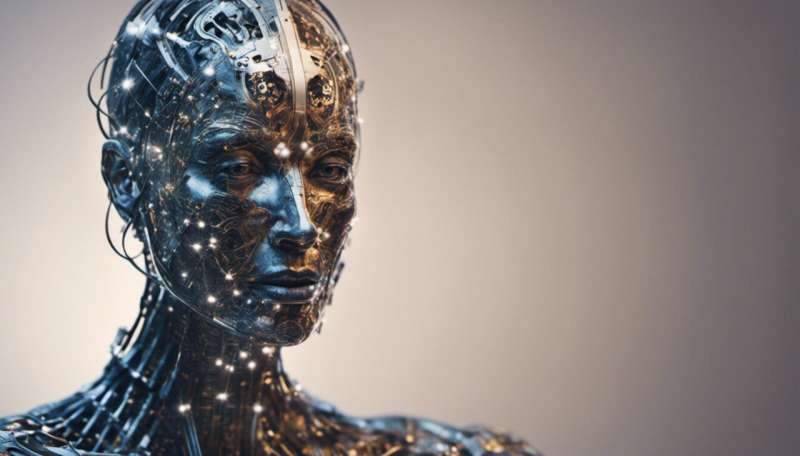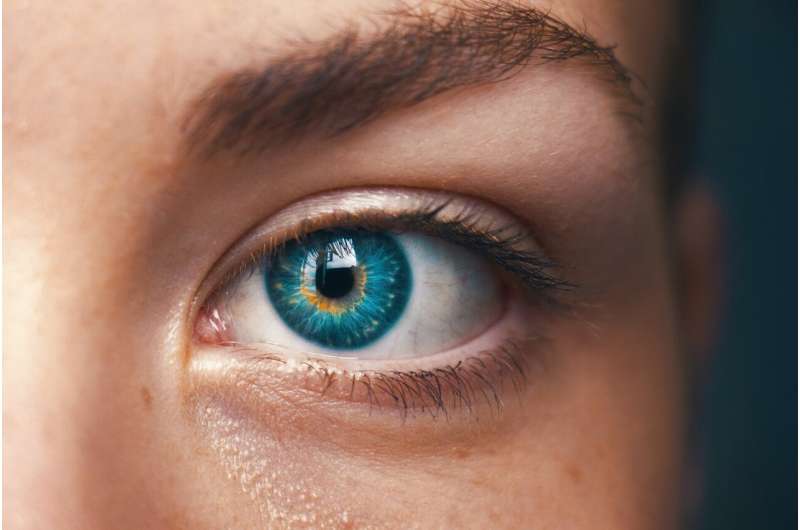Artificial intelligence must know when to ask for human help

Artificial intelligence systems are powerful tools for businesses and governments to process data and respond to changing situations, whether or . But there are still some things AI isn't ready for.
We are and improve the ways in which algorithms interact with society. AI systems perform best when the goal is clear and there is high-quality data, like when they are asked to distinguish between different faces after learning from many pictures of correctly identified people.
Sometimes AI systems do so well that users and observers are surprised at the technology is. However, sometimes success is or , or the training data . In these cases, AI algorithms tend to fail in , though it's that something has even gone wrong. As a result, it's important to be wary of the hype and excitement about what AI can do, and not assume the solution it finds is always correct.
When algorithms are at work, there should be a human safety net to prevent harming people. Our research demonstrated that in some situations algorithms can recognize problems in how they're operating, and . Specifically, we show, asking for human help can help alleviate algorithmic bias in some settings.
How sure is the algorithm?
Artificial intelligence systems are being used in , , , and other difficult tasks where people's lives and well-being are at stake. U.S. government agencies are beginning to ramp up their exploration and use of AI systems, in response to a recent .
It's important to remember, though, that AI can cement misconceptions in how a task is addressed, or magnify existing inequalities. This can happen even when no one told the algorithm explicitly to treat anyone differently.
For instance, many companies have algorithms that try to determine features about a person by their face – say to guess their gender. The systems developed by U.S. companies tend to do significantly than they do women and darker-skinned people; they do worst at dark-skinned women. Systems developed in China, however, tend to .
The difference is not because one group has faces that are easier to classify than others. Rather, both algorithms are typically trained on a large collection of data that's not as diverse as the overall human population. If the data set is dominated by a particular type of face – white men in the U.S., and Chinese faces in China – then the algorithm will probably do better at analyzing those faces than others.

No matter how the difference arises, the result is that algorithms can be biased by being more accurate on one group than on another.
Keeping a human eye on AI
For high-stakes situations, the algorithm's confidence in its own result – its estimation of how likely it is that the system came up with the right answer – is just as important as the result itself. The people who receive the output from algorithms need to know how seriously to take the results, rather than assuming that it's correct because it involved a computer.
Only recently have researchers begun to develop ways to identify, much less attempt to fix, . Algorithms can be programmed to recognize their own shortcomings – and follow that recognition with a .
Many types of AI algorithms already calculate an internal – a prediction of how well it did at analyzing a particular piece of input. In facial analysis, many AI algorithms on darker faces and female faces than for white male faces. how much this has been taken into account by law enforcement for high-stakes uses of these algorithms.
The goal is for the AI itself to locate the areas where it is not reaching the same accuracy for different groups. On these inputs, the AI can defer its decision to a human moderator. This technique is especially well-suited for context-heavy tasks like .
Human content moderators the flood of images being posted on social media sites. But AI content moderation is famous for failing to take into account the context behind a post – misidentifying discussions of sexual orientation as , or identifying the Declaration of Independence as . This can end up inaccurately censoring one or group over another.
To get the best of both worlds, suggests scoring all content in an automated fashion, using the same AI methods already common today. Then our approach uses newly proposed techniques to automatically locate potential inequalities in the accuracy of the algorithm on different protected groups of people, and to hand over the decisions about certain individuals to a human. As a result, the algorithm can be completely unbiased about those people on which it actually decides. And humans decide on those individuals where algorithmic decision would have inevitably created bias.
This approach does not eliminate bias: It just "concentrates" the potential for bias on a smaller set of decisions, which are then handled by people, using human common sense. The AI can still perform the bulk of the decision-making work.
This is a demonstration of a situation where an AI algorithm working together with a human can reap the benefits and efficiency of the AI's good decisions, without being locked into its bad ones. Humans will then have more time to work on the fuzzy, difficult decisions that are critical to ensuring fairness and equity.
Provided by The Conversation
This article is republished from under a Creative Commons license. Read the .![]()



















